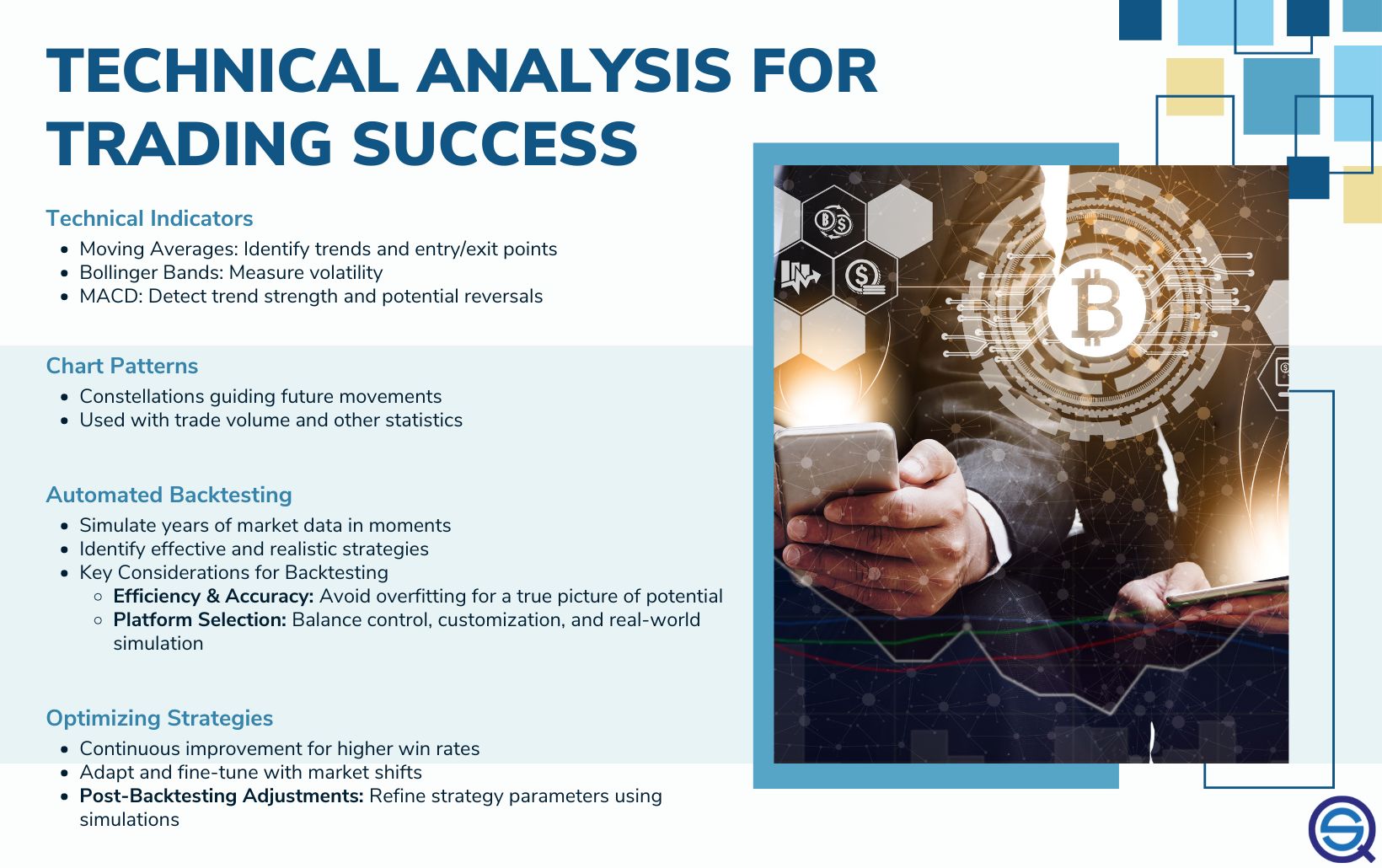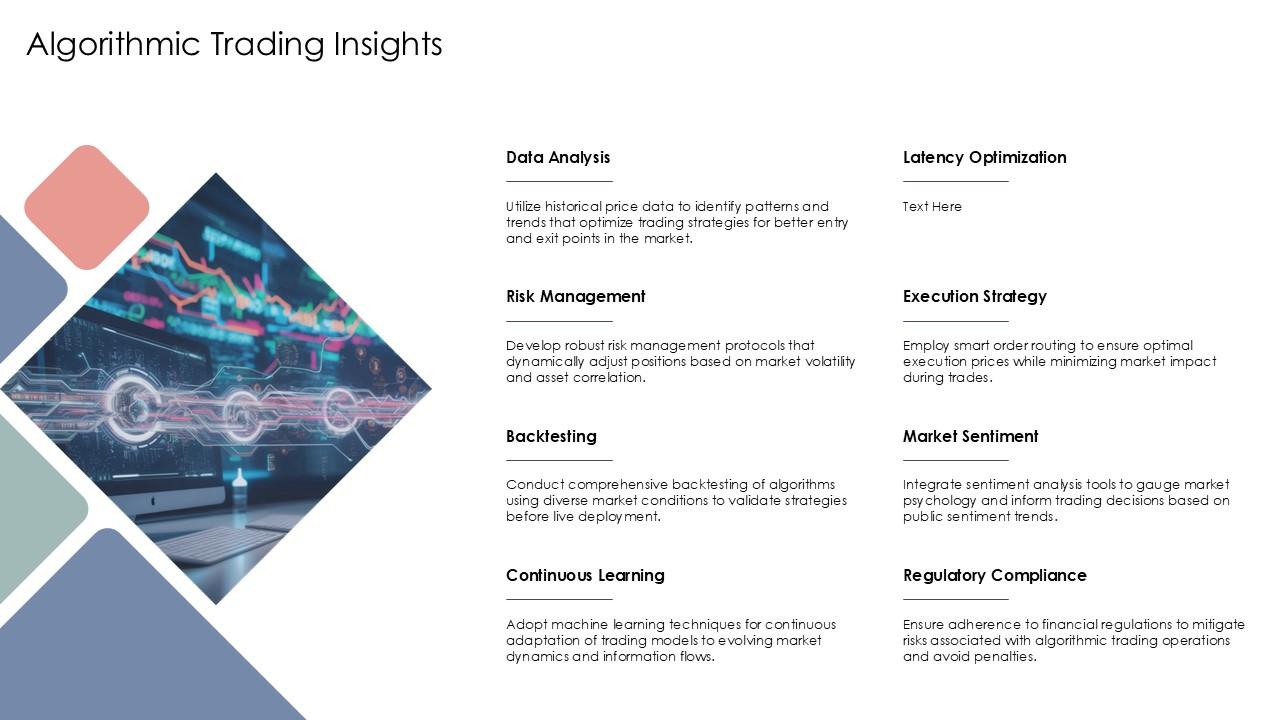Did you know that the average day trader spends more time analyzing charts than some people do binge-watching their favorite show? In the fast-paced world of trading, understanding market microstructure data can be a game changer. This article delves into what microstructure data is and how it can enhance your day trading outcomes. Key indicators like bid-ask spreads, order book data, and trade volume are explored, alongside their impact on decision-making and trade timing. You'll learn how to interpret signals, manage risk, and avoid common pitfalls—all essential for refining your trading strategy. Plus, discover the best tools and methods for integrating this valuable data into your trading plan, ensuring you’re always a step ahead. Join us at DayTradingBusiness as we unlock the secrets to smarter trading!
What is market microstructure data?
Market microstructure data shows how trades happen—bid-ask spreads, order flow, price movements, and liquidity. Using it helps you spot short-term trends, detect order book shifts, and time entries or exits more precisely. For day trading, analyzing this data reveals real-time supply and demand changes, boosting your ability to react quickly and improve trade accuracy.
How can microstructure data help with day trading?
Microstructure data reveals order flow, bid-ask spreads, and liquidity levels, helping day traders anticipate short-term price moves. By analyzing how traders place and cancel orders, you can identify market sentiment and potential reversals. It highlights when liquidity is tight or loose, guiding entry and exit points for better timing. Using microstructure data allows you to spot large institutional trades and differentiate them from retail activity, reducing false signals. Incorporating this data improves trade precision, minimizes slippage, and boosts your ability to react quickly to fleeting market opportunities.
Which key microstructure indicators should day traders track?
Day traders should track bid-ask spread, order book depth, price impact of trades, volume spikes, and order flow. These indicators reveal liquidity, supply and demand shifts, and short-term price movements, helping traders time entries and exits more precisely.
How do bid-ask spreads influence trading decisions?
Bid-ask spreads affect trading decisions by indicating liquidity and transaction costs. Narrow spreads suggest easy, low-cost trades, making quick entry and exit more profitable. Wide spreads increase costs and risk, discouraging frequent trades or forcing traders to wait for better prices. Monitoring spreads helps day traders time their entries, avoid slippage, and optimize profit margins.
What role does order book data play in short-term trading?
Order book data reveals real-time supply and demand, helping traders spot buy and sell walls, liquidity levels, and potential price moves. It allows quick identification of entry and exit points, improves timing, and minimizes slippage. In short-term trading, order book insights help anticipate short-lived price fluctuations and react faster than relying on price charts alone.
How can trade volume data improve entry and exit points?

Trade volume data reveals when significant buying or selling happens, helping identify momentum shifts. Higher volume at certain price levels confirms strength, signaling better entry points. Conversely, declining volume suggests weakening moves, indicating when to exit. Tracking volume spikes during price breakouts or reversals increases accuracy for timing trades. Using volume alongside price action sharpens decision-making, reducing false signals and improving overall day trading outcomes.
What is the impact of price impact and slippage?
Price impact and slippage increase trading costs and reduce profit margins. They cause execution prices to differ from expected prices, making trades less predictable. High price impact and slippage can lead to missed opportunities and increased risk, especially in fast markets. Using market microstructure data helps traders anticipate and minimize these effects, improving trade precision and overall day trading results.
How to interpret bid-ask bounce signals?
Bid-ask bounce signals indicate short-term price fluctuations caused by trades bouncing between the bid and ask prices. When you see rapid oscillations in price within the bid-ask spread, it suggests market noise rather than trend moves. Traders interpret this as a sign to avoid overtrading or making quick entries, since these bounces often lead to false signals. Spotting persistent bid-ask bounce patterns can help you time entries more precisely, waiting for clearer directional moves. Essentially, it’s about filtering out noise to identify genuine market momentum.
How does liquidity data affect trade timing?
Liquidity data shows how easily you can buy or sell assets without moving the price. High liquidity means faster, less risky trades, so you can time entries and exits more precisely. Low liquidity can cause slippage and delays, making timing more uncertain. Using liquidity data helps you avoid trading during thin market conditions and improves your ability to execute trades at optimal moments.
How can I analyze order flow for better trades?
Use Level 2 data and time & sales to identify order book imbalances and large trades signaling potential price moves. Watch for bid-ask spread changes and order flow congestion to spot entry and exit points. Track order book depth to see where buy and sell walls exist, indicating support and resistance levels. Analyze order flow patterns to anticipate short-term price movements, adjusting your trades accordingly. Combining these microstructure signals with technical analysis boosts trade accuracy.
Learn about How to Analyze Order Flow for Day Trading Success
What are the best tools for accessing microstructure data?

The best tools for accessing microstructure data include Cboe Market Data, Nasdaq TotalView, Bloomberg Terminal, Thomson Reuters Tick History, and Tradeweb. These platforms offer detailed order book, bid-ask spread, and trade execution data essential for day trading analysis.
How do microstructure patterns predict short-term price movements?
Microstructure patterns reveal order flow, bid-ask spreads, and trade volume shifts that signal short-term price moves. When bid-ask spreads tighten or widen suddenly, or if there's a surge in aggressive buying or selling, it indicates upcoming price reversals or continuations. Analyzing trade size and timing helps spot liquidity imbalances that often precede quick price changes. Recognizing these microstructure cues allows day traders to anticipate immediate price movements and time entries or exits more precisely.
Learn about How Does Market Microstructure Affect Bid-Ask Spreads and Price Movements?
How can I use microstructure data to manage risk?

Use market microstructure data to identify bid-ask spreads, order flow, and liquidity patterns. Track how order book dynamics change during trading hours to spot potential price movements. Analyze trade execution data to detect hidden supply and demand shifts. Incorporate microstructure signals into your algorithms to time entries and exits precisely. This helps you avoid slippage, reduce trading costs, and anticipate short-term price swings, improving day trading outcomes.
What are common pitfalls when using microstructure data?
Common pitfalls include overfitting models to microstructure signals, ignoring market context, relying solely on bid-ask spreads without considering order flow, and neglecting data quality issues like noise and timestamp inaccuracies. Traders also often overlook the impact of high-frequency trading algorithms that can distort microstructure indicators, leading to false signals. Failing to adapt microstructure analysis to changing market conditions or using outdated data can cause poor decision-making.
How to combine microstructure data with technical analysis?
Use market microstructure data like bid-ask spreads, order book depth, and trade volume to identify short-term supply and demand shifts. Incorporate this data into technical analysis by confirming signals—e.g., a breakout with narrowing spreads or increased order flow suggests stronger momentum. Track order flow to spot institutional activity or large trades that can precede price moves. Combine microstructure signals with chart patterns and indicators for more precise entries and exits. This approach helps you gauge real-time market sentiment and enhances decision accuracy during day trading.
How often should day traders update microstructure data?
Day traders should update microstructure data continuously during trading hours, ideally every second or with each new tick, to stay ahead of market movements. Frequent updates ensure they catch order flow changes, bid-ask spread shifts, and liquidity variations in real-time. This real-time data helps traders react instantly, making it crucial to refresh microstructure information constantly throughout the trading session.
Learn about How Can Day Traders Benefit from Dark Pool Data?
Can microstructure data help avoid false breakouts?
Yes, microstructure data can help avoid false breakouts by revealing order flow patterns, bid-ask spreads, and liquidity levels that indicate whether a breakout is genuine or a trap. Analyzing real-time bid-ask dynamics and volume shifts helps traders distinguish between strong moves and fakeouts, reducing false signals.
How to incorporate microstructure insights into a trading plan?
Use order flow analysis to identify short-term supply and demand shifts. Track bid-ask spreads and volume patterns to time entries and exits precisely. Incorporate tick and volume delta data to confirm trend strength or reversals. Analyze order book depth for clues on institutional activity. Adjust your trading plan to prioritize high-probability setups based on microstructure signals, like breakout points or liquidity changes. Integrate these insights into your risk management to improve trade accuracy and reduce false signals.
Learn about How Market Microstructure Insights Improve Day Trading Accuracy
Conclusion about How to Use Market Microstructure Data to Improve Day Trading Outcomes
Incorporating market microstructure data into your day trading strategy can significantly enhance your trading outcomes. By understanding key indicators such as bid-ask spreads, order book dynamics, and trade volume, traders can make more informed decisions and refine their entry and exit strategies. Monitoring liquidity and analyzing order flow allows for better risk management and timing. As you leverage these insights, remember to combine microstructure data with traditional technical analysis for a comprehensive approach. For further guidance and resources on effectively using microstructure data, explore the offerings from DayTradingBusiness.
Learn about How Market Microstructure Insights Improve Day Trading Accuracy